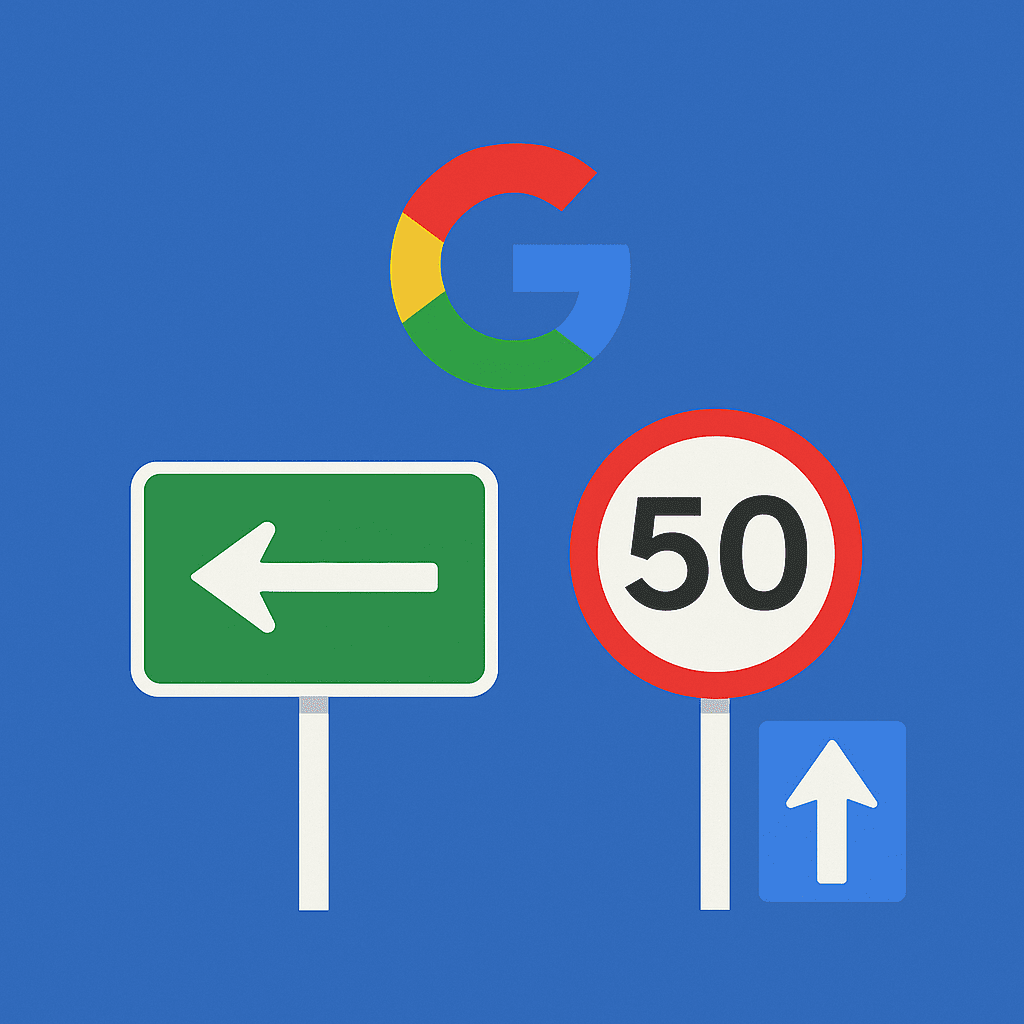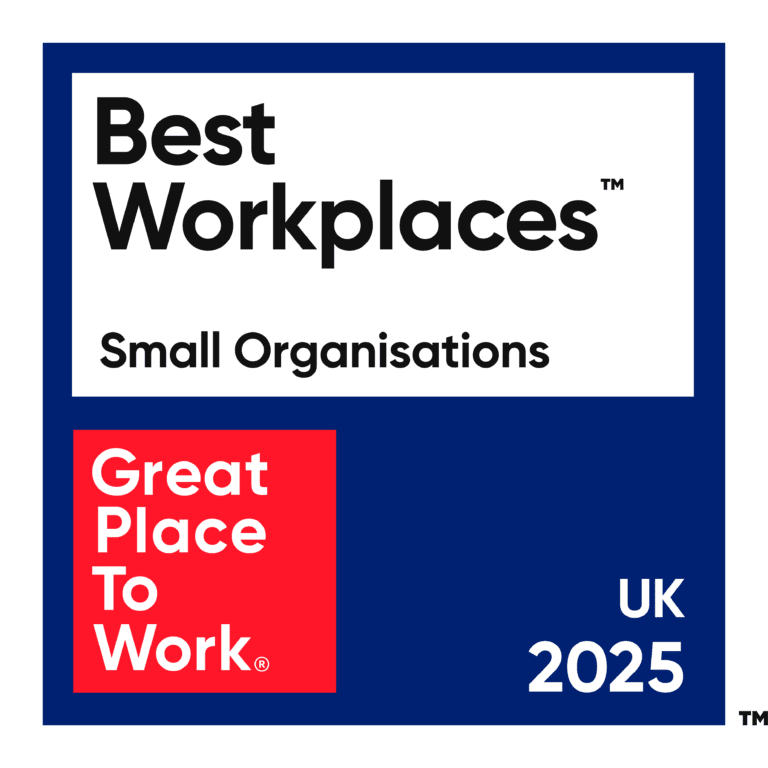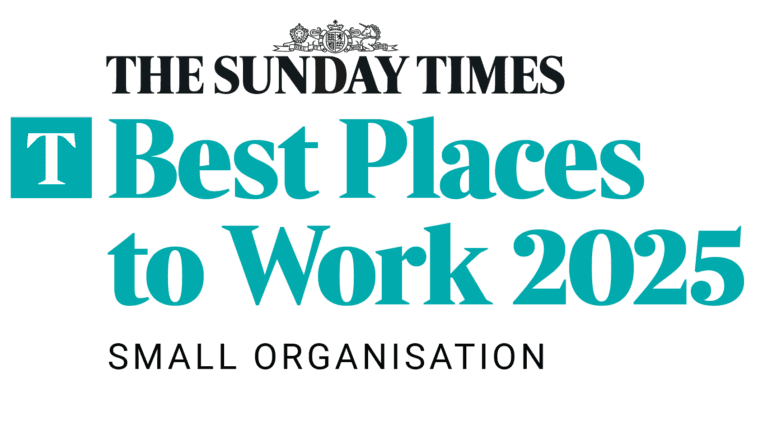Over the years digital marketing has evolved and changed. Thanks to Google’s ever-changing algorithm and the sheer amount of information and misinformation that floats through the digital marketing industry, marketers can lose sight of the simple practices that should be included in SEO and content marketing plans.
Every time a new algorithm is introduced, marketers focus on how SEO enters a new paradigm and their focus shifts to reflect this, however, no matter how many times the medium changes, the fundamentals and principles remain the same. Here are some top tips for getting back to basics and improving your blog content.
Optimised Keywords
All of the content on your site should be linked through topically relevant keywords and topics, which is related to your business. Keyword research should still be relevant and incorporated into blogs to help increase the strength and trust of your overall website. If the content on your blog covers topics and not keywords, there is no way for you to track what your users want and who your audience is.
Keywords and well-optimised content will help to ensure that individual pages of websites rank higher in SERP’s organically as well as increasing the impressions for targeted searches, so effectively keyword optimised blogs can act as a lead generator. When it comes to blogs one of the best ways to optimise is using longtail keywords in the content such as how, what, when, where and why depending on the industry you are in e.g. How to write an effective and optimised blog?. You should also remember that users also search for actionable phrases such as tips to improve your SEO.
However, if you over optimise the content on your page, you could see your content passed as spam, keyword stuffing or high keyword density can cause this. You should also consider content conflict, the overuse of keywords in your blog can cause conflict with the service pages on your website.
Optimise Your Headers and Meta
It is a long-standing mistake that some marketers often fail to optimise the headers and metadata throughout the page. Optimised headers make the pages easier for Google to crawl, read and index. Not forgetting that keywords and related phrases within metadata will often appear bold in SERP’s, optimised metadata is more likely to increase the click-through rate as users will see the words that they are interested in. See our example below:

Internal Linking
Quality internal linking is one of the easiest and most effective ways to ensure users stay on your website. It is also one of the most overlooked aspects when it comes to the optimisation of blogs, benefits of internal links include:
- Easy path for users to navigate your website
- Increase crawl rate
- Important pages on your website are noticed by search engines
- Linked web pages are indexed by the keywords in the anchor text
Thorough internal link audits should be carried out, this will help you to establish which pages on your website have the most authority. By inserting internal links on these pages to other high authority internal pages, you will help to distribute authority throughout your domain. Do not forget to optimise anchor text to help increase impression for the linked pages, you should also ensure that different phrases are used on each link to ensure the different related phrases are picked up.
Poor Content
In the majority of cases, website content is not just about publishing content, it is about providing information and understanding of the service provided. Using consistent content on your website will help to build your brand and ensure that you are seen as an authority in your industry.
Well-structured content, with good headings, will ensure that readers can easily scan the page and see the purpose of the page. Powerful headlines and headers will also help to keep your reader interested.

Another way to increase your content quality is to make the most use out of white space on the page and break chunks of text up with quality images that reflect the content. You can also use tools such as Grammarly and Scribens to ensure that the written content is of good quality with no spelling and grammar issues.
Optimise Images and Videos
Should you use images and videos in the content, be sure to make sure that they are also fully optimised. Unoptimised files are one of the most common mistakes that have a negative effect on the SEO performance of a website.
Any images used on your site should be formatted correctly for full optimisation. The image alt text should be optimised to rank in a keyword image search, the alt text is what displays if the browser fails to display the image, this then informs search engines of the content of your image. Did you know that the alt text is also used to describe the image to users who are using screen readers?
The easiest and most effective way to optimise your video files is to host the video files in one single folder, from there you can create a video sitemap which allows search engines to index the videos.
Follow These Tips for Success
When you are looking for success with SEO, web design and overall marketing, following these tips and hacks should get you on the way to online success. You can, of course, speak to a digital marketing agency like Outrank to help boost your organic traffic and Outrank your competition.





